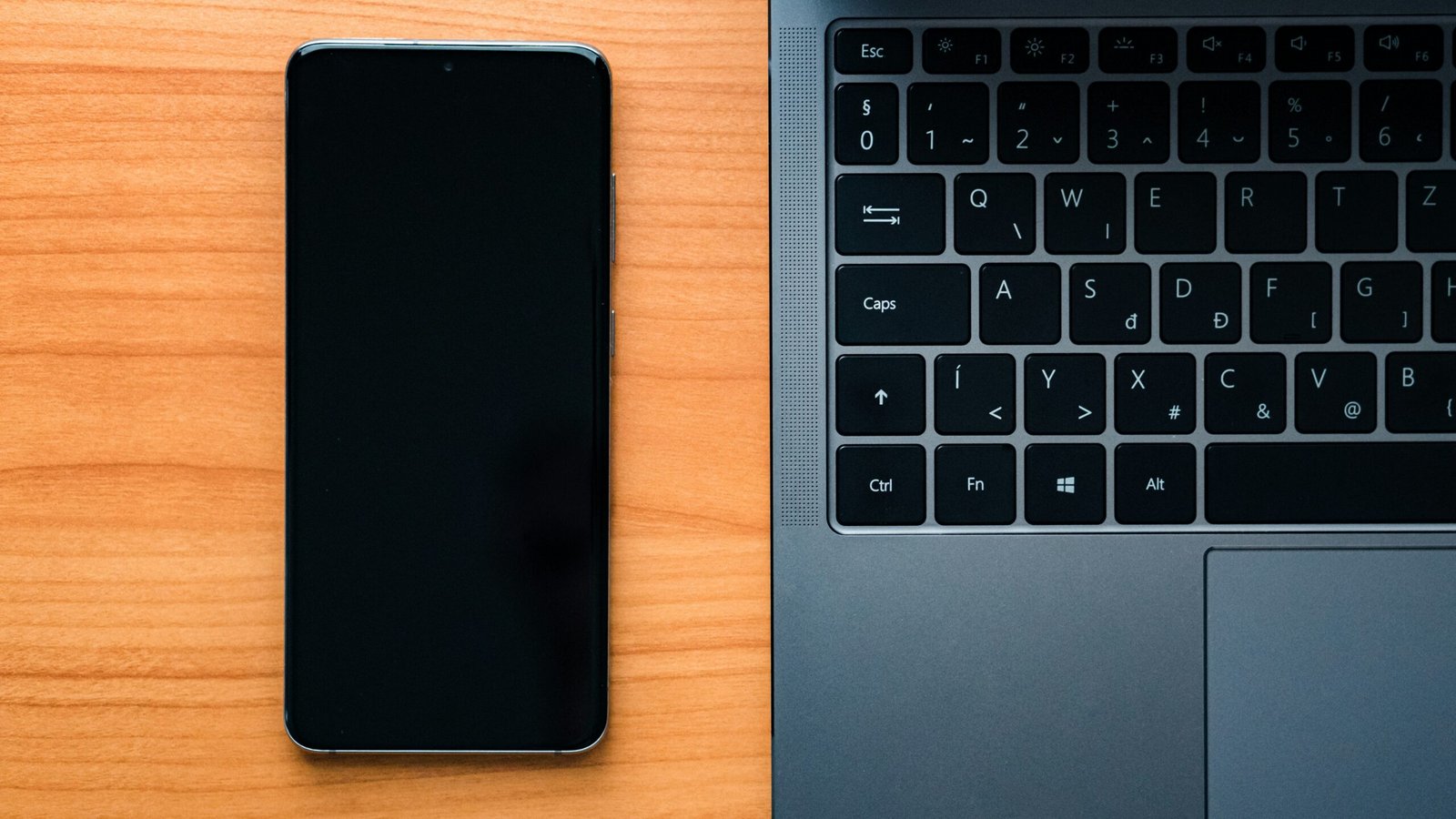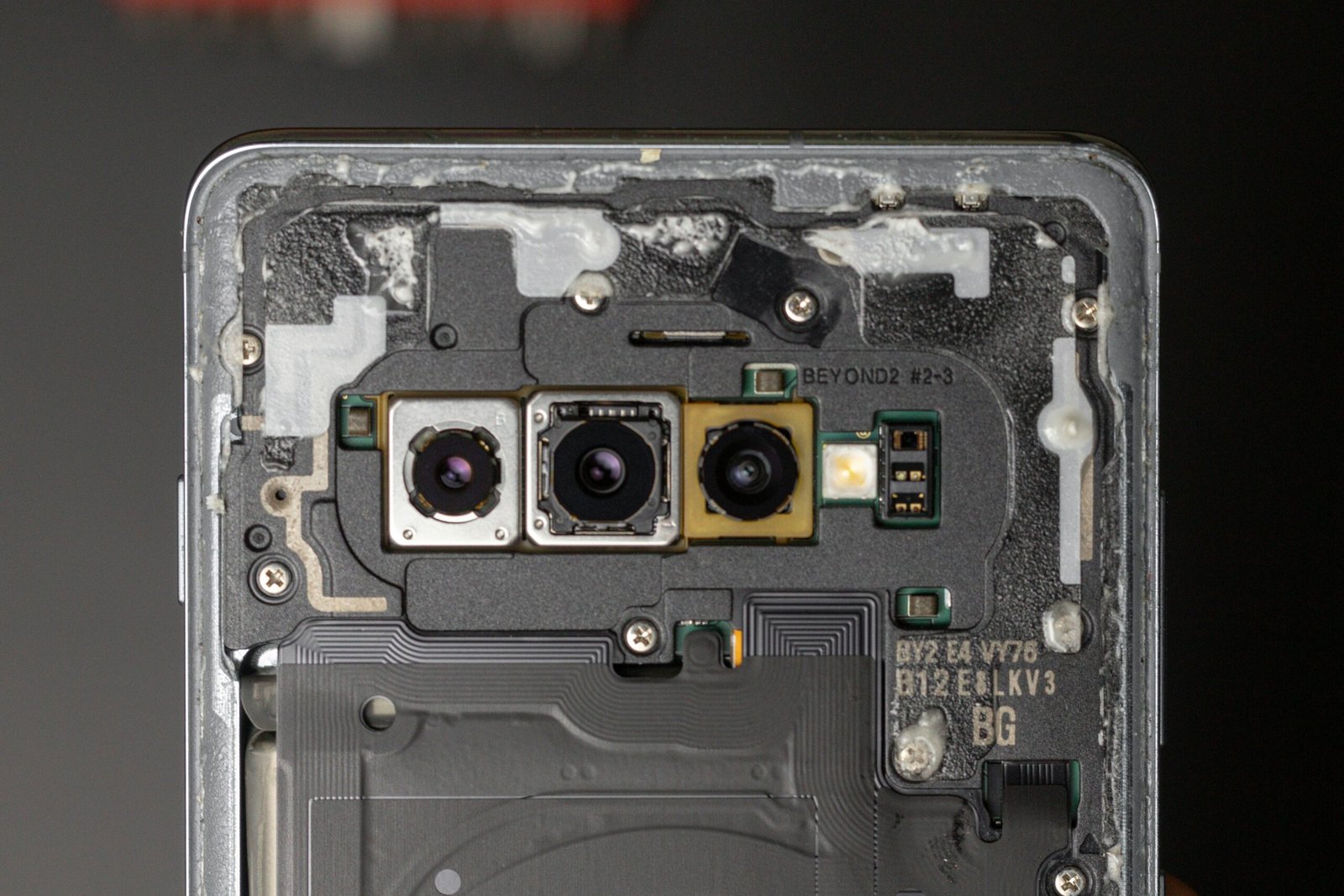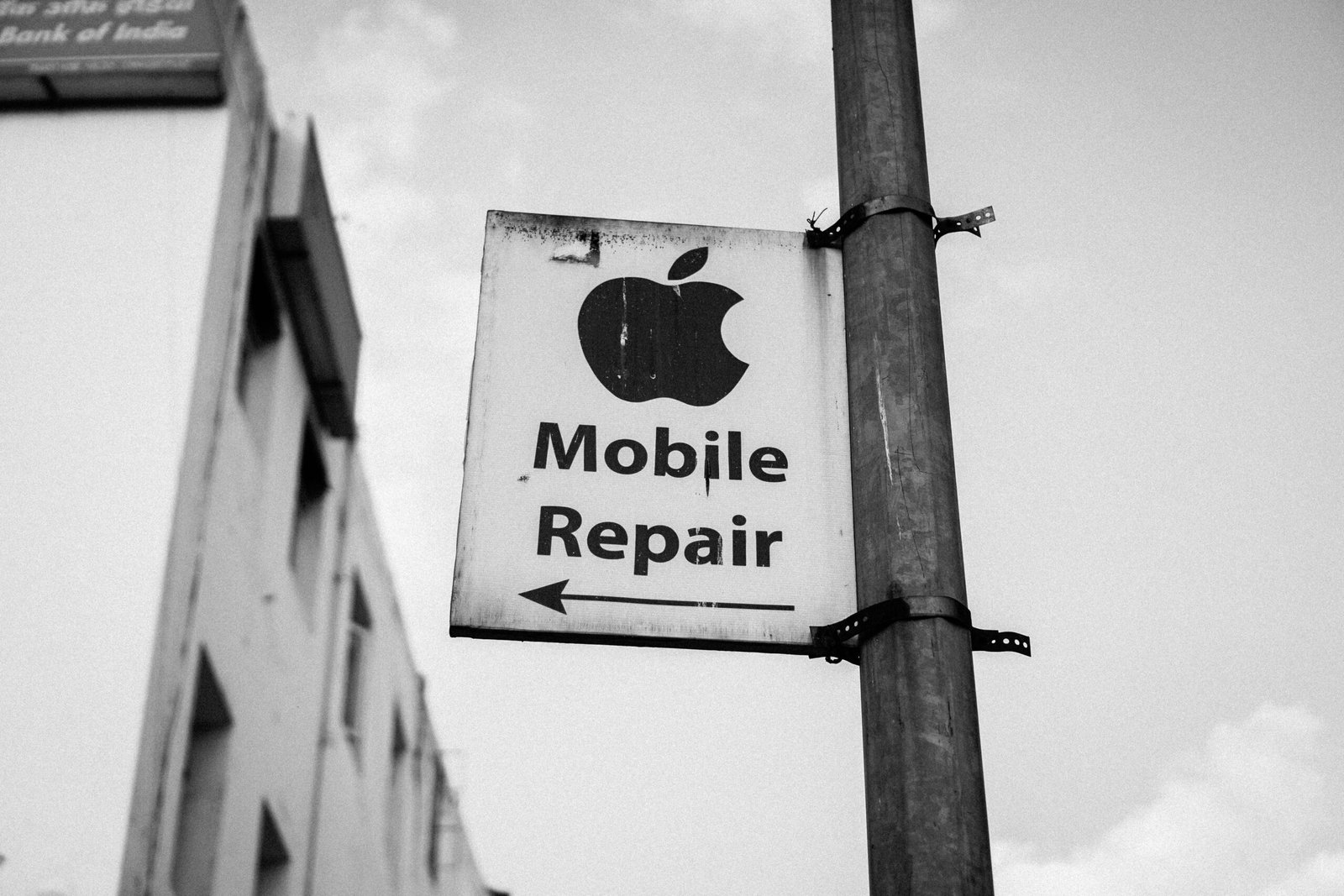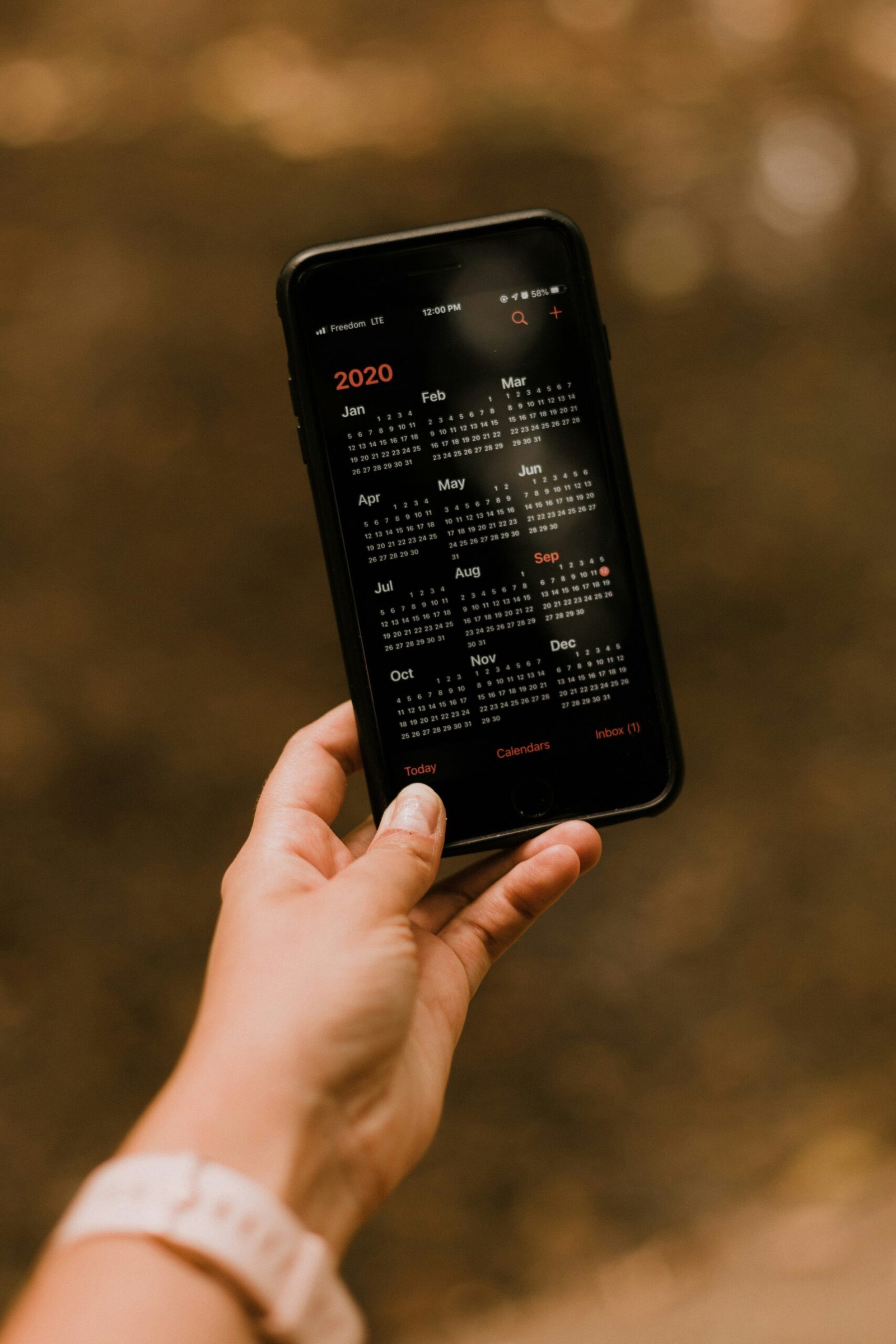Will Old Cell Phones Ever Be Worth Anything?
“`html
Introduction to the Longevity of Old Cell Phones
The journey of cell phones from rudimentary communication devices to integral parts of daily life has been swift and transformative. Initially designed for simple voice conversations, the mobile phone has evolved into a multifaceted gadget, functioning as a primary tool for communication, productivity, entertainment, and more. The rapid pace of technological advancements, coupled with consumers’ ever-growing demands for newer, faster, and more feature-rich devices, has resulted in frequent cycles of obsolescence. Thus, even relatively recent cell phone models can find themselves outdated within just a few years of their release.
This progression from basic tools to status symbols and multifunctional devices invites us to scrutinize the longevity of old cell phones. While new models boast cutting-edge features, older phones become relics—technology outpaced by time. This brings us to the central inquiry of this post: Do old cell phones hold any current or potential future value? As we delve into this question, we must consider various aspects, including collectors’ interest, potential for recycling, and the nostalgic or historical significance that these devices might garner over time.
The allure of new technology often overshadows the relevance of older models. However, under the surface, there might be hidden worth—whether in their material components, their significance in technological history, or their appeal to certain niche markets. By examining different dimensions, from monetary to emotional value, we aim to uncover the potential worth of old cell phones, even as they become artifacts of a rapidly advancing digital world.
“`
Historical Value of Technological Artifacts
Throughout history, technological artifacts have often experienced a resurgence in value as they become rare or nostalgic. For instance, typewriters, once considered obsolete, have found a new life among collectors and enthusiasts. These mechanical marvels, representing a bygone era of meticulous craftsmanship and analog utility, are frequently showcased in vintage stores and garner significant interest online. Similarly, vinyl records have become highly sought after, not only for their superior sound quality but also for the tangible connection they offer to music history.
Early computers are another telling example. Computers like the Apple I or the Commodore 64 were groundbreaking at their inception. Today, these machines are relics, representing pivotal moments in the evolution of computing. Collectors and tech historians hunt for these devices, sometimes paying substantial sums to own a piece of technological heritage. This trend signifies a broader appreciation for artifacts that encapsulate a specific place and time in technological progression.
Drawing parallels to old cell phones, it becomes evident that these devices too might follow a similar trajectory toward increased value. Classic cell phones, epitomizing the nascent stages of mobile technology, hold significant historical importance. Early models, such as the Motorola DynaTAC or the Nokia 8110, are more than just outdated gadgets; they are milestones marking the transformation of communication technology. As these devices become rarer and nostalgia grows, it is plausible that their worth could rise, driven by a mix of collector interest and historical significance.
Understanding the historical value of technological artifacts sets a meaningful context for considering the future worth of old cell phones. Just as typewriters, vinyl records, and early computers have found a valued place in modern culture, classic cell phones may well achieve similar recognition. The blend of nostalgia, rarity, and historical importance could underpin a burgeoning market for these early mobile devices in the years to come.
Collectors’ Market: Rare and Iconic Cell Phones
The collectors’ market for rare and iconic cell phones is both niche and growing, driven by a nostalgic appreciation for technological milestones and unique design. Among enthusiasts and collectors, certain models stand out due to their historical significance, innovative features, or limited availability. These factors contribute to their desirability and, subsequently, their worth.
One of the most sought-after models is the Motorola DynaTAC 8000X, commonly recognized as the first commercially available mobile phone. Released in 1984, this pioneering device marked the beginning of portable telecommunication. Characterized by its bulky design and 30-minute talk time, the DynaTAC holds a distinguished place in the annals of cell phone history, making it a prized possession for collectors.
Similarly, the original iPhone, launched by Apple in 2007, is another coveted collectible. This model revolutionized the industry with its sleek touch-screen interface, integrated internet capabilities, and multimedia functionalities. Apple’s first foray into the mobile market set the stage for the smartphone era, and owning an original, especially one in mint condition, is highly prestigious among cell phone aficionados.
Other notable models include the Nokia 8110, affectionately known as the “Matrix phone” due to its feature in the popular film, and the stylish Motorola Razr V3, which became iconic for its ultra-thin clamshell design and metallic finish. These phones, among others, encapsulate specific eras and advancements in mobile technology, making them valuable both monetarily and sentimentally.
The allure of rare and iconic cell phones lies not only in their form and function but in the stories they represent. Whether it’s the groundbreaking innovation of the Motorola DynaTAC or the cultural impact of the original iPhone, these devices are treasured relics of our technological past. For collectors, possessing such artifacts is akin to owning a piece of history, reflecting pivotal moments in the evolution of communication.
Retro Appeal and Nostalgia
Nostalgia plays an increasingly pivotal role in determining the value of old cell phones. Known as the “retro appeal,” this phenomenon is rooted in the emotional connections that individuals have with the technologies of their youth. For many, these outdated devices evoke fond memories, encapsulating significant moments of personal and technological milestones. As such, older generations who grew up with early mobile phones are often willing to pay a premium to reacquire a piece of their past.
This emotional connection is not unique to cell phones. Various retro items, from vinyl records to vintage game consoles, provoke similar sentiments and can thus command higher prices in resale markets. The buzz created around these nostalgic items often transforms their perceived value from everyday utility to cherished collectibles. For instance, the original Apple iPhone, iconic for its groundbreaking interface and sleek design, has seen its value soar as both a symbol of technological advancement and a piece of contemporary history.
Likewise, models like the Motorola Razr or the Nokia 3310 have transcended their original purposes as communication devices to become emblematic relics of the early 2000s. For many, owning these phones once again is a way to reconnect with simpler times, when technology was just beginning to integrate into daily life. Markets for these retro devices thrive on this emotional appeal, demonstrating how sentiment can transform the mundane into the memorable and monetizable.
In essence, the power of nostalgia injects new life and value into old cell phones. What was once dismissed as obsolete technology becomes highly sought-after due to its sentimental worth. As generations continue to age and new technologies emerge, the retro appeal may only grow stronger, perpetuating the cyclical nature of fashion and value in the tech world.
Recycling and technological historiography are intrinsically linked when it comes to old cell phones. These outdated devices once represented the cutting edge of innovation and offer a vivid snapshot into the evolution of technology. Many efforts are being made to preserve old cell phones, not just for their aesthetic value but to document and understand the rapid advancements in mobile technology. By conserving these devices, museums and educational institutions provide future generations with tangible artifacts that illustrate historical milestones.
Museums around the world are playing a significant role in this regard. Notable institutions such as the Computer History Museum in California, and the Smithsonian National Museum of American History, actively collect and exhibit old cell phones as part of their permanent collections. These exhibits educate the public on the technological leaps made over the past few decades and underline the design and functionality changes that have shaped the modern mobile landscape. Such efforts add an intrinsic historical value to older phone models beyond their initial utilitarian use.
Recycling programs further contribute to the conservation and documentation of old cell phones. Organizations like Eco-Cell and Call2Recycle offer a dual benefit: they help manage electronic waste responsibly while also salvaging parts that can be used to understand the technology’s build and design. These programs not only promote environmental sustainability but also support the broader goal of technological historiography.
Additionally, some rare and early mobile phone models have begun to fetch high prices at auctions, driven by collectors and enthusiasts who recognize their historic importance. As these models become rarer, their value could potentially increase, reinforcing the notion that old cell phones aren’t merely obsolete gadgets but valuable historical artifacts. This trend illustrates how preserving technological history is not only of educational and sentimental value but can also hold financial significance.
The value of old cell phones, much like other collectibles, is influenced by several well-established economic principles. One of the primary factors at play is the classic law of supply and demand. When supply is limited but demand remains high, prices are likely to rise. Conversely, if supply is ample and demand diminishes, values decrease. This principle is evident in various collectible markets, such as coins and stamps, where limited editions or rare finds fetch higher prices over time.
Rarity is a key determinant in the desirability and eventual price of old cell phones. Limited production runs, discontinued models, or models that include unique features or designs, often become more coveted. For instance, early devices from pioneering brands, or models that represent significant technological advancements, tend to be more valuable. This rarity factor aligns closely with other collectibles; for example, a rare mint-condition coin or an error stamp can command exorbitant prices at auctions.
Brand reputation also significantly influences the value of old mobile devices. Iconic brands such as Apple, Nokia, and Motorola often see their vintage models appreciated higher, owing to their historical significance and impact on the industry. Collectors might view old Apple iPhones as milestones in technological evolution, akin to how philatelists regard rare early stamps.
The condition of the phone is paramount. Devices in mint condition, with original packaging and accessories, much like uncirculated coins or pristine stamps, can fetch premium prices. Conversely, phones that show significant wear and tear, or have missing parts, typically see their value plummet.
The broader economic climate can also impact the investment potential of old cell phones. In times of economic uncertainty or recession, collectibles often become a safer investment, as they are viewed as tangible assets. Similarly, amidst a booming economy, discretionary spending increases, potentially driving up demand and prices.
In essence, while valuations of old cell phones are subject to general economic principles that govern other collectibles, their worth is also intertwined with unique factors such as technological significance, brand legacy, and societal trends.
Technological Resurgence: Functionality in the Modern World
Old cell phones may regain value owing to specific functionalities they offer, particularly those that stand out against today’s sophisticated smartphones. Durability is one such attribute. Older phones were often built to last, featuring robust exteriors and components designed to endure daily wear and tear. This inherent durability provides a tangible advantage in specific use cases, such as in rugged environments or for individuals who need a reliable communication device without the risk of damage.
Moreover, simplicity is another characteristic where older cell phones shine. For individuals who prioritize straightforward communication device over multifunctional gadgets, the elementary features of vintage mobile phones are a boon. The lack of continual updates, distractions from apps, and potential security vulnerabilities that plague modern smartphones make these simpler devices attractive to particular user groups, including senior citizens and those ethically opposed to digital encroachment in daily life.
In scenarios where older technology has been repurposed or gained popularity again, consider the case of vinyl records in the music industry. Vinyls re-emerged as a preferred choice among audiophiles for their unique auditory quality, despite the advent of digital music formats. Similarly, retro gaming consoles have captured the market due to the distinctive experiences they offer, unmatched by modern consoles. These precedents suggest that vintage mobile phones could witness a similar renaissance in value and usage.
Unique features of old cell phones, now obsolete in current models, can also revive their value. Physical keyboards, removable batteries, and the absence of intrusive digital tracking contribute to their distinct appeal. As privacy concerns grow and the demand for digital minimalism rises, these older phones could become sought after for their stand-alone functionalities.
In conclusion, while the cutting-edge technology of modern smartphones is undeniable, the resurgence in the value of old cell phones is plausible based on their inherent durability, simplicity, and unique features. Recognizing the increasing appreciation for durable and straightforward devices, it is feasible that these classic phones may find their niche once again in a tech-saturated world.
Future Predictions and Expert Opinions
In examining the future value of old cell phones, several perspectives emerge from collectors, technology historians, and economists. Experts in these fields offer a variety of insights, forecasting whether these devices will gain value over time or remain largely obsolete.
Collectors generally view certain old cell phones, particularly those that are rare and in pristine condition, as promising assets. For instance, first-generation iPhones and limited-edition models are beginning to attract notable interest in the collector’s market. According to collector Nathaniel Clarke, “Much like vintage cars or early-model computers, specific types of old cell phones can become collectibles if they symbolize significant technological milestones or hold nostalgic value.” This sentiment is echoed by other enthusiasts who predict that the demand for unique, well-preserved cell phones will gradually grow, possibly leading to lucrative returns for owners.
Technology historians offer a broader context, examining how historical significance and technological evolution impact value. Dr. Sarah Mitchell, a historian specializing in consumer electronics, notes, “Old cell phones offer a tangible link to the development of mobile technology. They embody cultural and technological shifts that can be appealing for educational and archival purposes.” However, she also warns that the broader market trends, such as the rapid pace of technological advancement and shifting consumer preferences, could limit the appreciation of these devices.
Economists provide a more grounded perspective, weighing the financial aspects of old cell phones. Economist James Robertson asserts, “While niche markets may see an increase in the value of certain old cell phones, the majority will remain relatively low in market value. The fundamental principles of supply and demand dictate that only those models with limited availability and high historical significance might fetch higher prices.” This pragmatic viewpoint suggests that while some phones might become valuable, a significant portion will likely stay affordable and accessible.
Overall, expert opinions suggest a mixed outlook. While specific old cell phones could appreciate in value given their historical and collectible attributes, the majority may not see a significant increase and are expected to remain largely obsolete. The future value of these devices will depend on a complex interplay of rarity, condition, and cultural significance.







